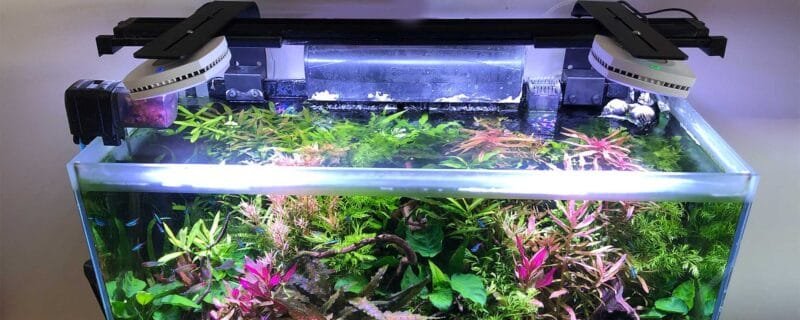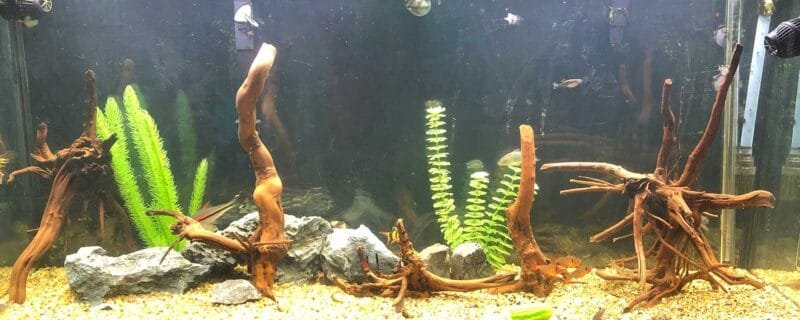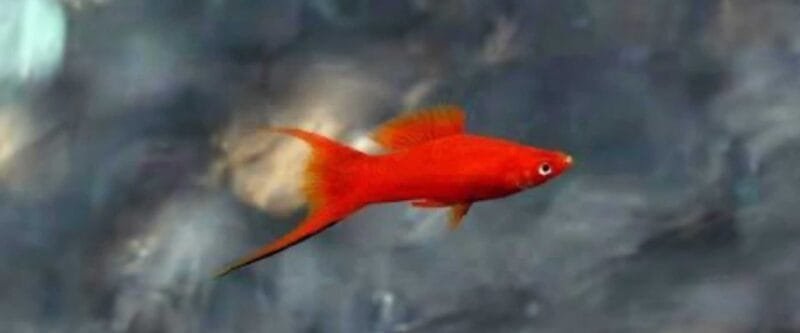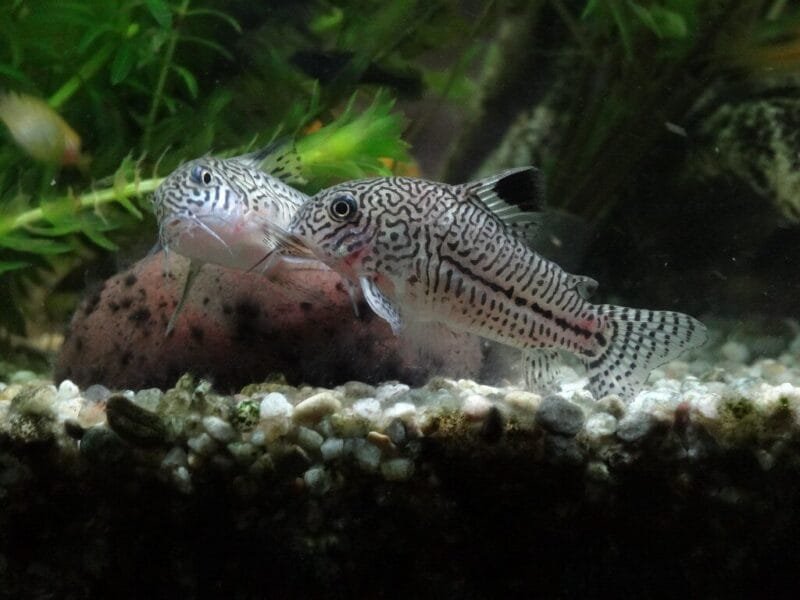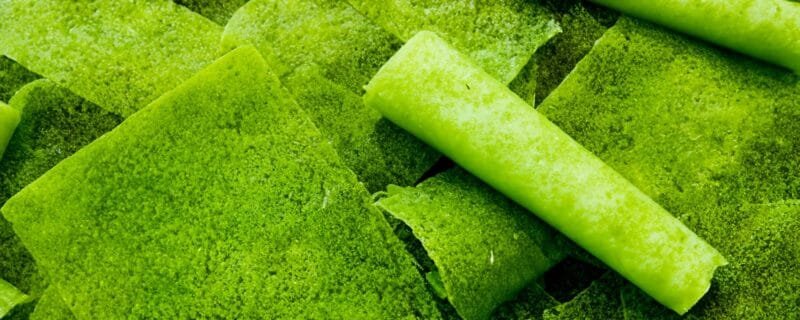Beneath the Surface: A Guide to Choosing the Perfect Aquarium Substrate
Introduction
Choosing the right aquarium substrate may not be the most glamorous part of setting up your aquatic haven, but it’s crucial for your fish’s well-being and your tank’s aesthetics. If you’re new to the world of fishkeeping and feeling a bit overwhelmed, don’t worry – we’ve got you covered! In this blog post, we’ll explore why selecting the best aquarium substrate is vital, what you need to consider, the equipment required, the different types available, and the benefits they offer. Let’s dive in!
Why Is Aquarium Substrate Important?
First things first, you might be wondering why the substrate in your aquarium is such a big deal. Well, here are a few reasons:
- Biological Activity: Substrate provides a surface for beneficial bacteria to colonize. These bacteria are essential for breaking down waste and maintaining water quality.
- Plant Support: If you plan to have live plants, the right substrate is crucial for anchoring their roots and providing essential nutrients.
- Fish Comfort: Many fish species forage and search for food in the substrate. A comfortable and natural substrate can make them feel at home.
- Aesthetics: Substrate is a visual component of your aquarium, affecting the overall look and feel.
Factors to Consider When Choosing Aquarium Substrate
- Fish Species: Consider the type of fish you plan to keep. Some fish, like cichlids, may prefer sandy substrates, while others are fine with gravel.
- Live Plants: If you’re going for a planted tank, choose a substrate that supports plant growth and nutrient absorption.
- Maintenance: Think about how much time and effort you’re willing to invest in maintaining your tank. Some substrates are easier to clean than others.
- Aesthetics: The look of your tank is important. Choose a substrate that complements your desired aquascape.
Essential Equipment for Aquarium Substrate
- Substrate: Your chosen substrate material, such as gravel, sand, or specialized substrates for planted tanks.
- Gravel Vacuum: This helps you clean and siphon debris from the substrate during water changes.
- Planting Tools: If you have live plants, you’ll need tools like tweezers or scissors for planting and maintenance.
Types of Aquarium Substrate and Their Benefits
- Gravel: Gravel is a popular choice due to its versatility. It’s available in various sizes and colors, making it suitable for most fish and plant types. It provides space for beneficial bacteria and is easy to clean.
- Sand: Sand is excellent for fish species that like to sift through the substrate, such as catfish and certain cichlids. It’s also ideal for creating a natural beach-like appearance.
- Specialized Substrates: These substrates are specifically designed for planted tanks. They often contain nutrients to promote plant growth and come in various textures, from fine to coarse.
- Crushed Coral: Crushed coral can help raise and buffer the pH in your tank, making it suitable for fish that prefer alkaline conditions, like African cichlids.
- Plant Growth Media: These substrates are rich in nutrients and are excellent for lush plant growth. They often have a dark color that enhances the colors of fish and plants.
Conclusion
In conclusion, choosing the right aquarium substrate is essential for creating a thriving, healthy, and visually appealing aquatic environment. Consider your fish species, your desire for live plants, and your maintenance preferences when making your selection. Whether you opt for gravel, sand, or specialized substrates, each type has its unique benefits, and the choice is ultimately about creating the perfect underwater world for your fish and plants. Happy aquascaping! 🐠🌱💧

